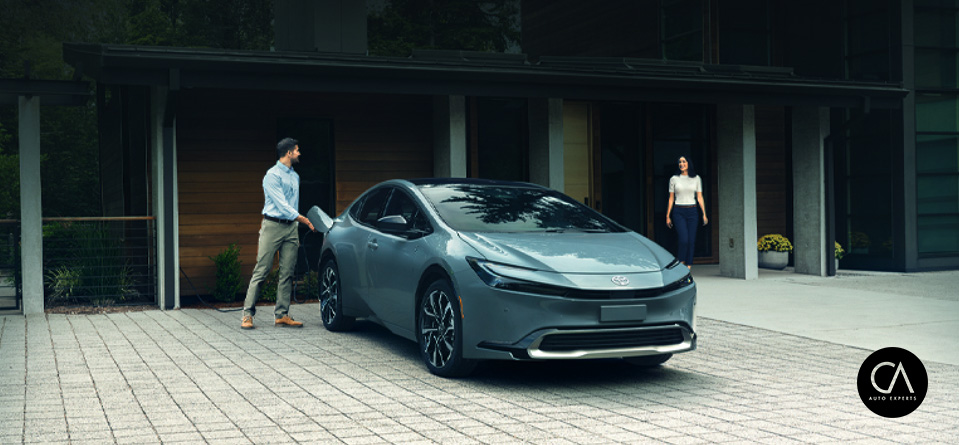

What is a hybrid car and how do they work?
As gas prices continue to rise, Canadians are increasingly turning to hybrid cars as a practical and eco-friendly solution to mitigate the impact on their wallets and the environment. With the cost of traditional fuel becoming a significant concern for drivers across the country, the appeal of hybrid vehicles has never been stronger. Offering a blend of fuel efficiency, reduced emissions, and innovative technology, hybrid cars have emerged as a compelling option for Canadian drivers seeking to navigate the challenges of fluctuating fuel costs while embracing sustainability. In this context, the rise of hybrid cars in Canada reflects a growing awareness of the need for more economical and environmentally conscious transportation solutions.
What is a Hybrid Car?
A hybrid car is a vehicle that combines two or more distinct power sources to propel the vehicle, typically a conventional gasoline engine and an electric motor. The main types of hybrid cars are:
Parallel Hybrid
In a parallel hybrid system, both the gasoline engine and the electric motor are connected to the transmission and can power the vehicle simultaneously. The electric motor assists the gasoline engine during acceleration and provides regenerative braking to recharge the battery.
Series Hybrid
In a series hybrid system, only the electric motor drives the wheels, while the gasoline engine serves as a generator to recharge the battery. The gasoline engine does not directly power the wheels but instead operates at its optimal efficiency to generate electricity for the electric motor.
Plug-in Hybrid
Plug-in hybrid electric vehicles (PHEVs) have larger battery packs than conventional hybrids and can be charged from an external power source, such as a wall outlet or charging station. PHEVs can operate in electric-only mode for a certain distance before switching to hybrid mode, where the gasoline engine provides additional power.
How do hybrid cars work?
Hybrid cars work by seamlessly switching between the gasoline engine and the electric motor or using them together, depending on driving conditions and power demands. When the vehicle accelerates or requires additional power, both the gasoline engine and the electric motor work in tandem to provide propulsion. During braking or deceleration, the electric motor acts as a generator, converting kinetic energy into electrical energy to recharge the battery pack through regenerative braking.
The hybrid system’s onboard computer manages the power flow between the gasoline engine, electric motor, and battery pack, optimizing fuel efficiency and performance. The result is improved fuel economy, reduced emissions, and, in some cases, enhanced performance compared to traditional gasoline-powered vehicles.
Need a hybrid?
Are you looking to go economic? At Canada Auto, we work with multiple dealers with access to many hybrid vehicles. If you’re in the market for a hybrid, just apply via our secured 3 minute obligation-free online application and we’ll take care of the rest.
Related posts


Hybrid Drivetrains: Finding the Perfect Balance of Efficiency and Performance in Canada

Avoiding Common Mistakes When Shopping for an Auto Loan in Canada







